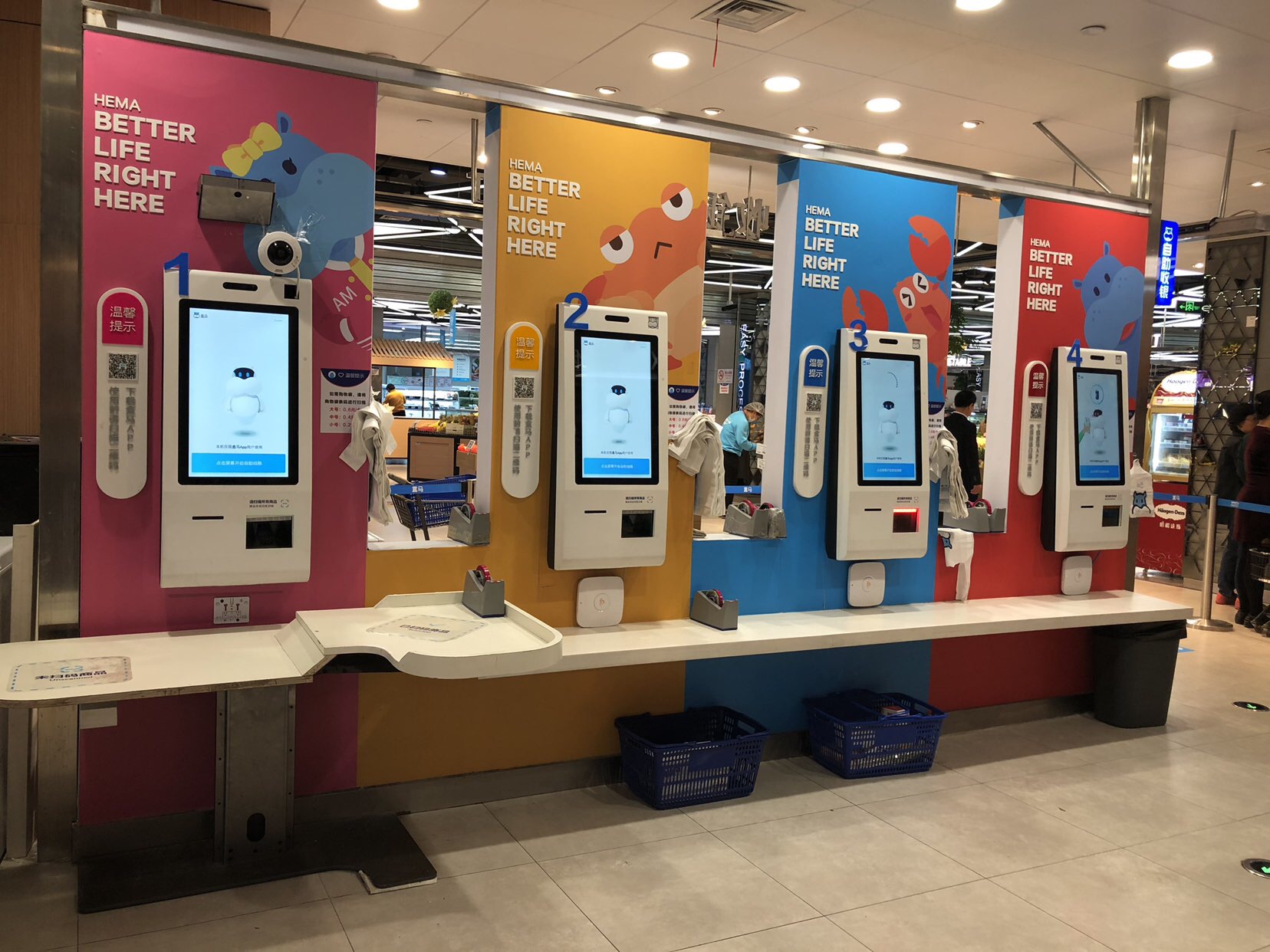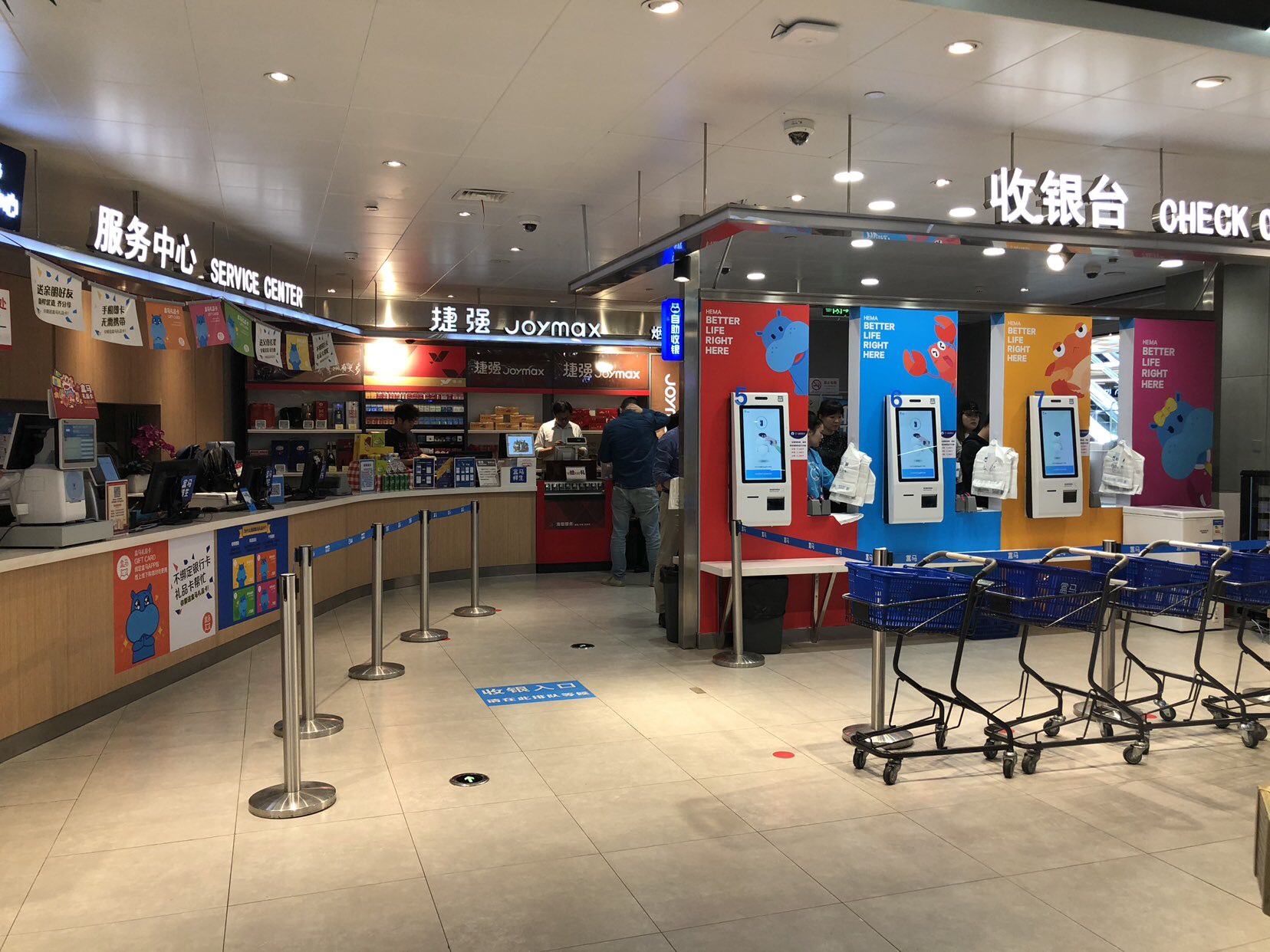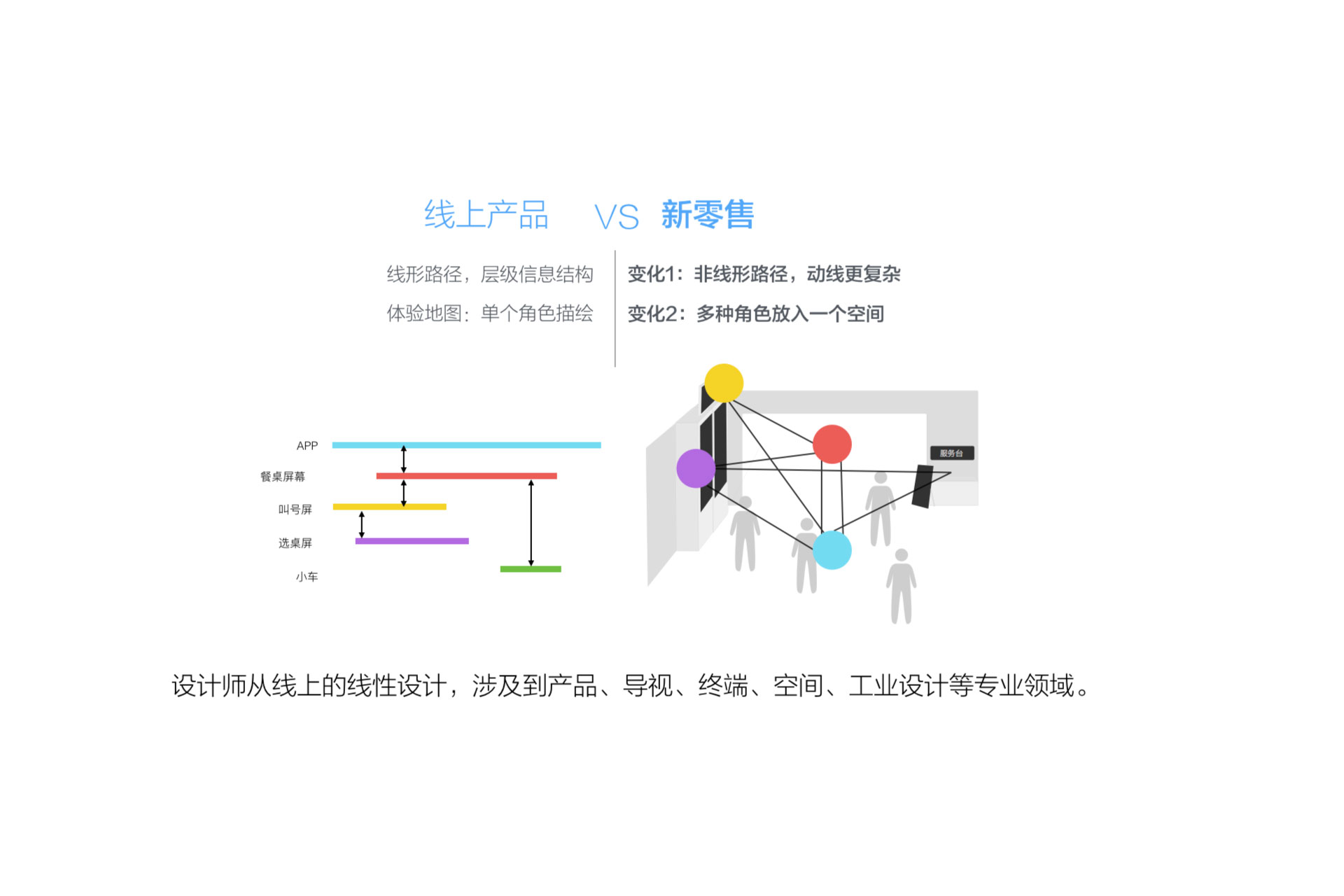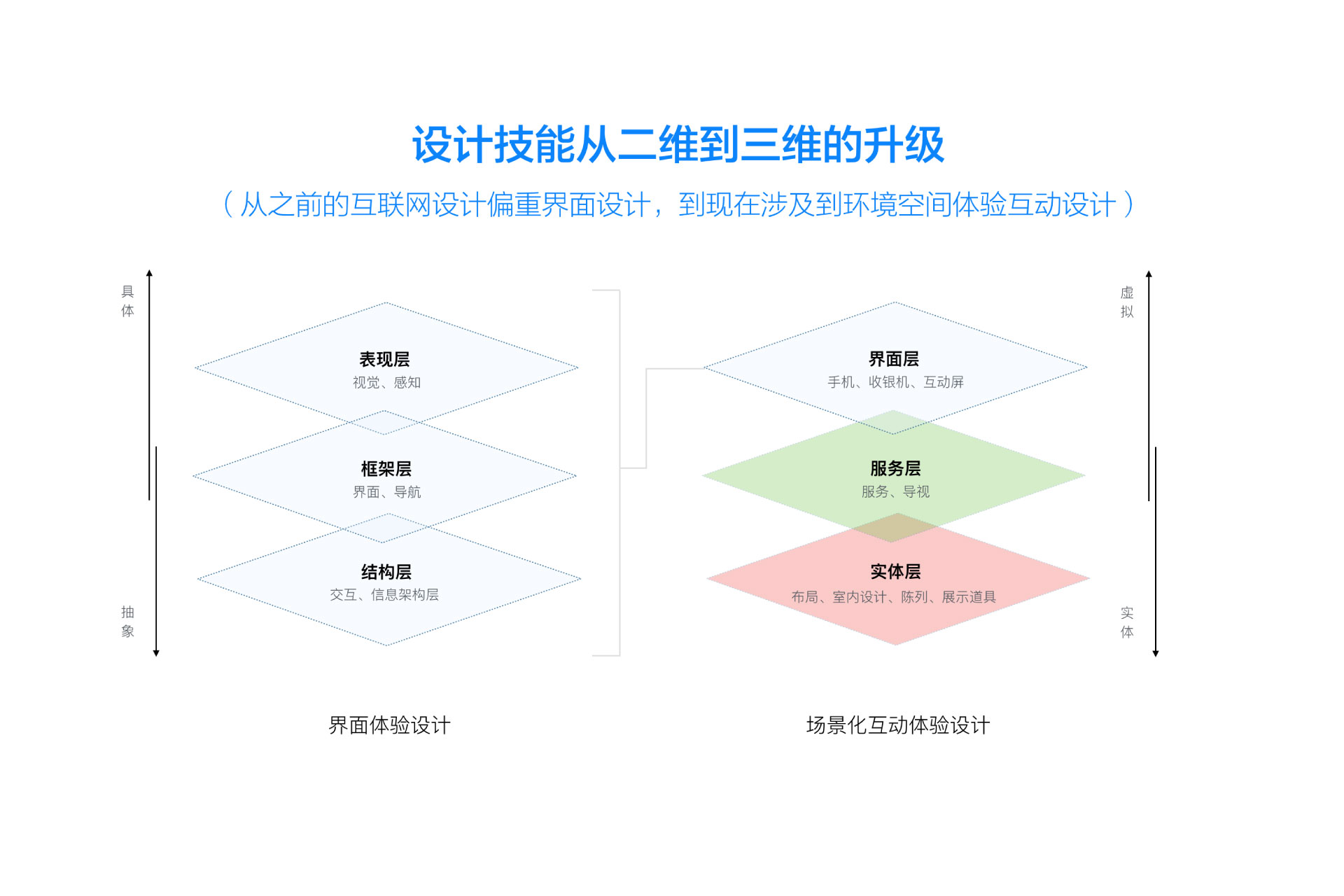-
 Liu Wei
Ailibaba UED
Principle of User Experience
Liu Wei
Ailibaba UED
Principle of User Experience
-

Zhang Yuan Alibaba Experience Design Expert
Scenarized experience design of Hema new retail
New retail is the word that has won great popularity in recent two years, and Hema is the experimenter who entered the new retailing fresh field earlier. After nearly 10 years of development, online design has unexpectedly become a "traditional industry", and for designers in the new retail era, it is particularly important to upgrade their thinking ways and skills to a certain stage to lead the future design.
Design thinking ways evolve from simple online thinking to online-offline full-link thinking ways,, which will breed new thinking and design theories highly integrated with multi-terminals and multi-disciplines. As designers, we can think about how to position ourselves and find our own development direction in the future.
In the workshop, participants will know what are included in the new retail scenarized design and what design methods are adopted. The keynote speaker will share:
1. Introduction of new retail and new retail design
1.1 Evolution of Hema and new retail
1.2 New retail design cases
2. Challenges of new retail design
2.1 Differences between new retail design and traditional retail design: digital activity lines and physical activity lines
2.2 Differences between new retail design and online experience design: 3D space and linear path
2.3 Flow chart of user scenariod design will be used
3. Scenarized design
3.1 Process of scenarized design
3.2 Case I: design of Hema's catering scenario design
3.2 Case II: design of Hema's self-service cash register scenario design
4. Workshop simulation: groups define scenarios themselves for exploratory design
4.1 Scenario selection: [format]+[function area], example: [Internet cafe]+[cash register area]
4.2 Problem discovery: users’ pain points, merchants’ pain points
4.3 Defining of goals: polarity of scenarios
4.4 Design exploration: space, terminal, interface
The instinctive reactions of users in the real scenarios are the research scope of designers, so we need to think and design in the scenarios.
1. Introducing new retail and new retail design with Hema’s cases
2. Analyze challenges of new retail design and their differences from traditional designs
3. Describe the process of scenarized design combined with Hema’s catering scenario and cash register scenario
4. Workshop simulation: groups define scenarios themselves for exploratory design
1. New retail practitioners
2. Internet industry designers
3. Traditional industry space, industrial designers, etc. that want to transform
1. Domain cognition: understand new retail, understand how new retail design can improve efficiency, vitalize business and enhance product experiences
2. Thinking expansion: break through the inherent single design ideas, and establish the scerialized design thinking
3. Method learning: learn scenarized design methods from Hema’s real cases and practices
-
刘巍 - 新零售互联网超市
-
刘巍 - 新零售收银场景
-
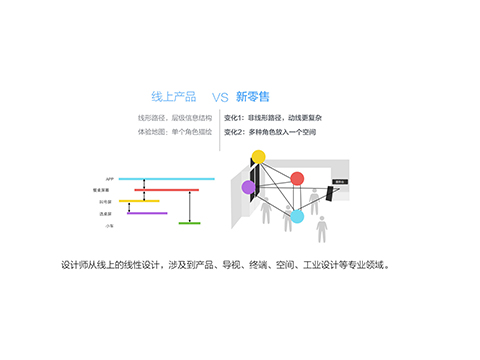 刘巍 - 线上产品和新零售场景化设计的差别
刘巍 - 线上产品和新零售场景化设计的差别
-
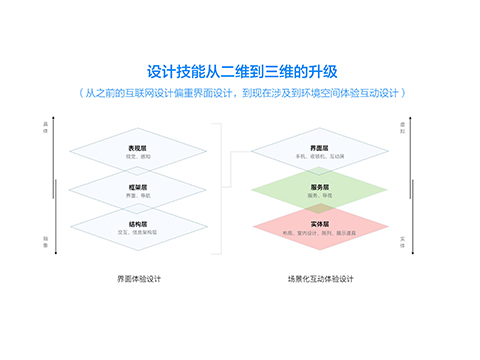 刘巍 - 设计技能从二维到三维升级
刘巍 - 设计技能从二维到三维升级






